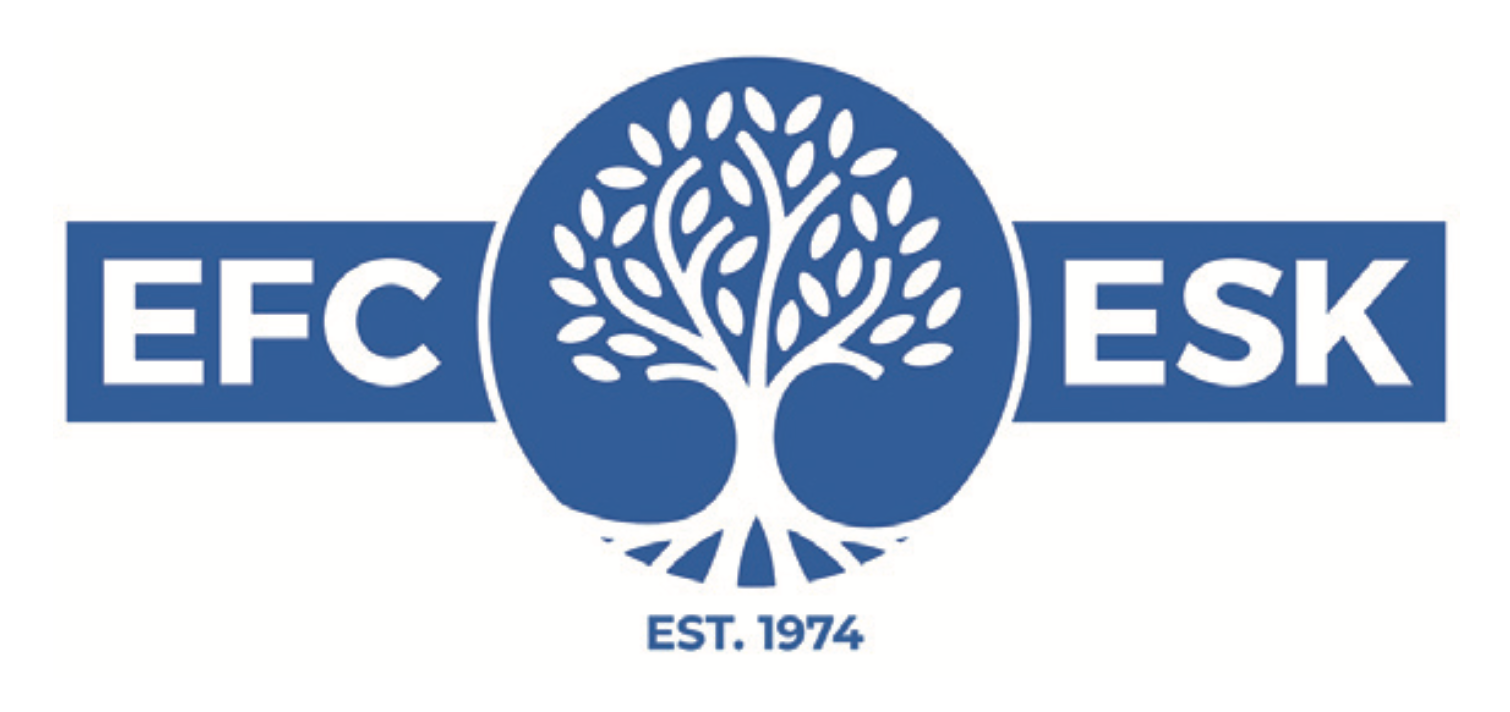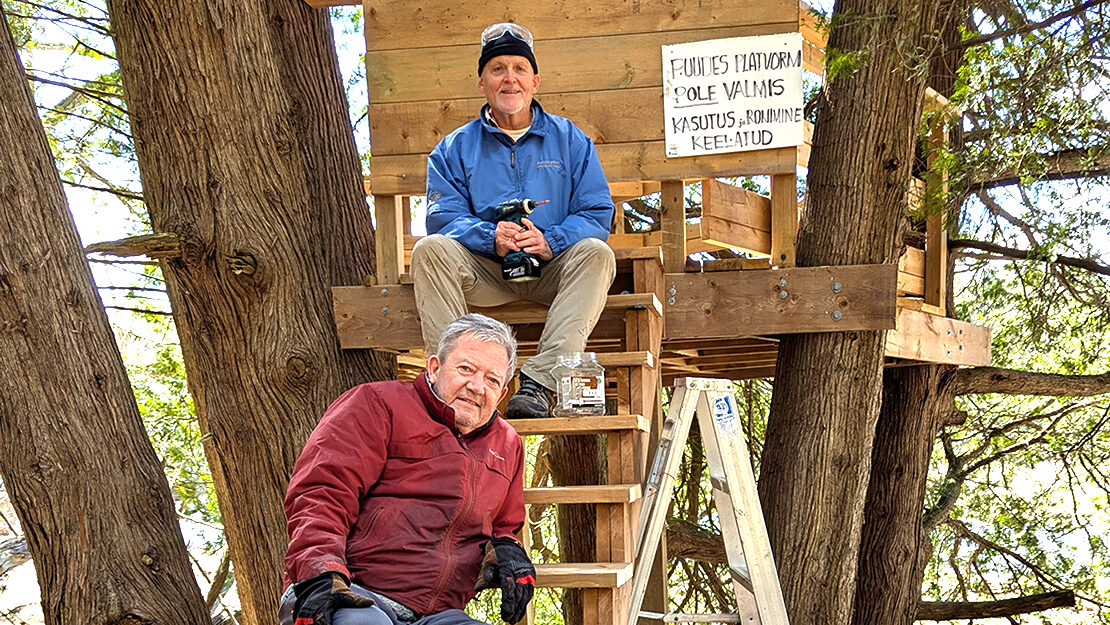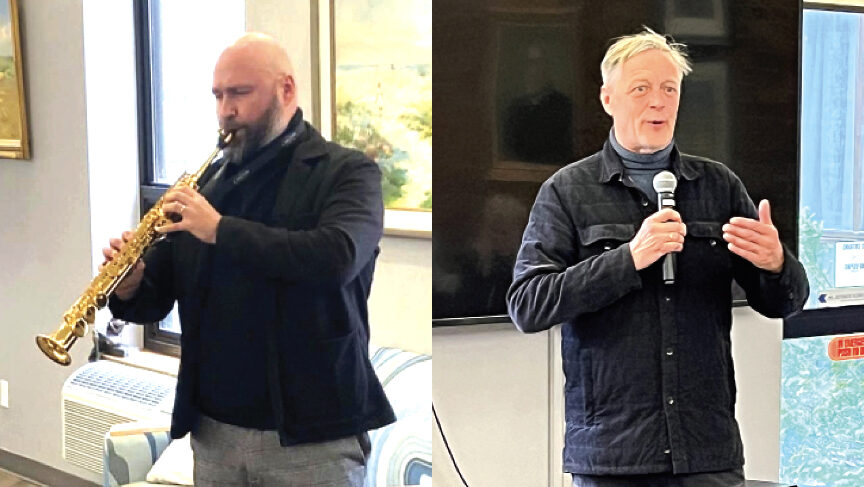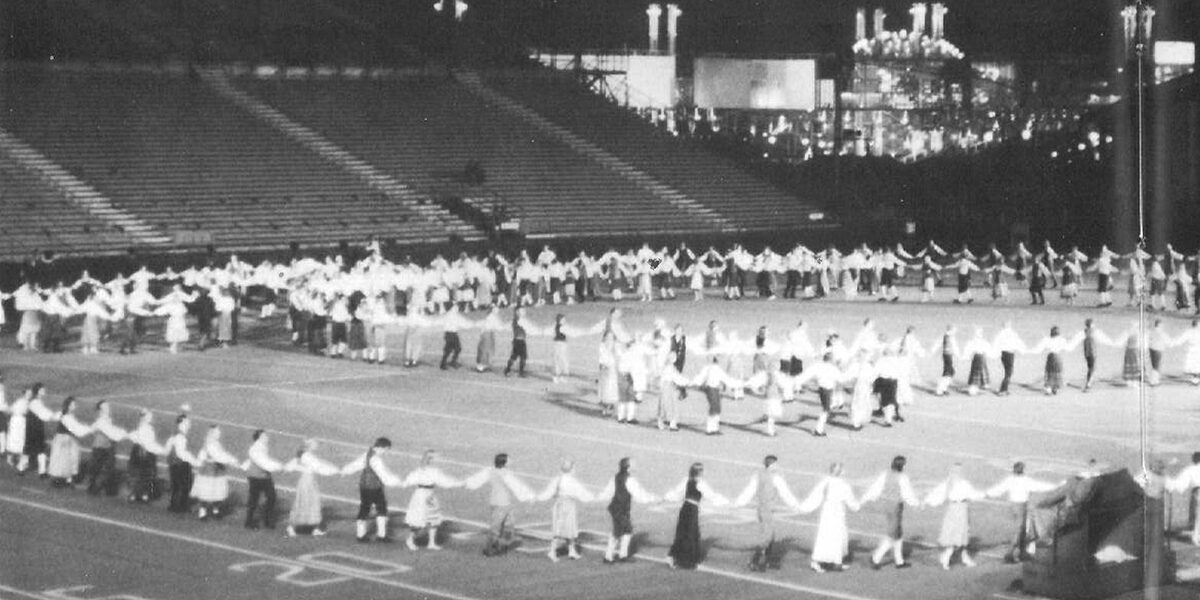My children were born in the 90s after Estonia regained its independence. Katrina, Sonja, and Kenni Dobson, all of whom are now in their early 20s, also grew up here. Lasteaed. Eesti Kool. Gumnaasium. Gaidid. Skautid. Rahvatants. Laulukoor and participation in Laulupidu in Eesti. Leeripidud. Being involved in Estonian activities added richness and unique dimension to their lives.
We owe our thanks and appreciation to our immigrant parents. They carved out this space for us, and the community flourished. But over the years our needs have changed, the world has changed, and our community has evolved and we should embrace the future.
Why should we move to Eesti Keskus? This project has a number of facets, and for those of you who read the articles and the comments on the Internet, it is arguably emotional and complicated.
My daughter Katrina recently wrote about her experience in the Estonian paper. The heart of the article was about how difficult it is to maintain a strong connection with the Estonian community from a distance, and how the Eesti Keskus in its central location and with its visionary design is important for that. The reason I bring up the article is because I felt the same way in my 20s. I remember feeling disconnected from the Estonian community. Activities had been such an integral part of my life for so long, but suddenly I had little reason to go to the Estonian House. I wanted to stay connected to the community, but how?
I speculate that my children’s generation care about an easily accessible central meeting place, good food, perhaps some local craft beer, and a place to socialize and meet their friends, along with cultural events. And of course, good wifi.
As a community, Estonians have evolved from a post-war immigrant generation trying to keep their heritage alive during the Cold War to a global multi-generational community from a country that invented Skype and is a recognized leader in technology and cybersecurity, and the first country to offer e-residency. A country that is building a citizen state rather than a nation state.
I think our strategy in Toronto needs to be equally as global and ambitious. The Eesti Keskus is the opportunity for our community to grow and thrive, and reach beyond Toronto, to become a hub, a home for Estonian activities and culture.
We are currently in the midst of user group consultations. It is an opportunity for all of our groups and individuals to think about how they see the future. Instead of recreating status quo, I encourage people to ask themselves these questions. What could be done differently? What could be done better? How can we use technology and space and resources to engage as many participants as possible, both in Toronto and elsewhere? These questions don’t have easy answers, but it is incumbent on us to see the future so that our future generations will be engaged and passionate about Estonian culture.
I think it is time to retire our double lives. The Eesti Keskus reflects the growing and future needs of our community, not only by its visionary architecture, its use of flexible space, the openness and light, as well as the opportunity for retail and events.
Let’s share Estonian art and music and culture and technology via the Eesti Keskus located in the vibrant downtown Culture corridor. I think the world needs more “eestlus”.




